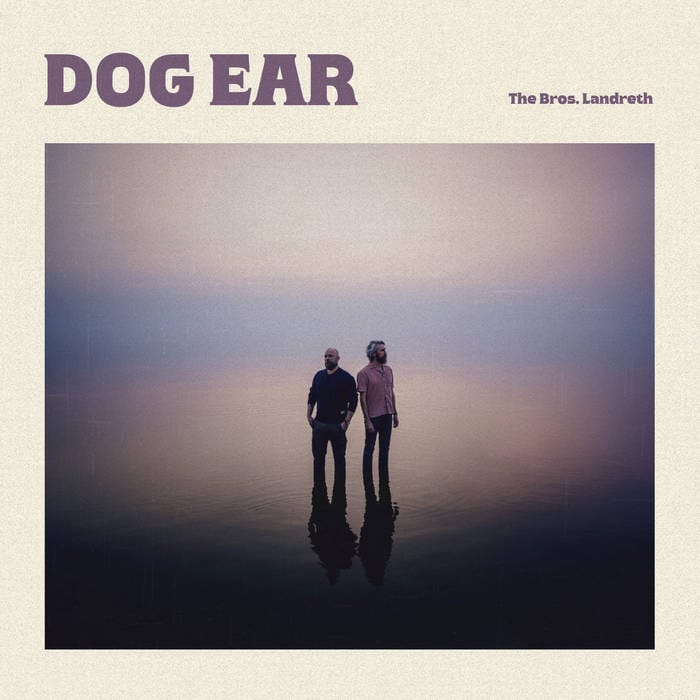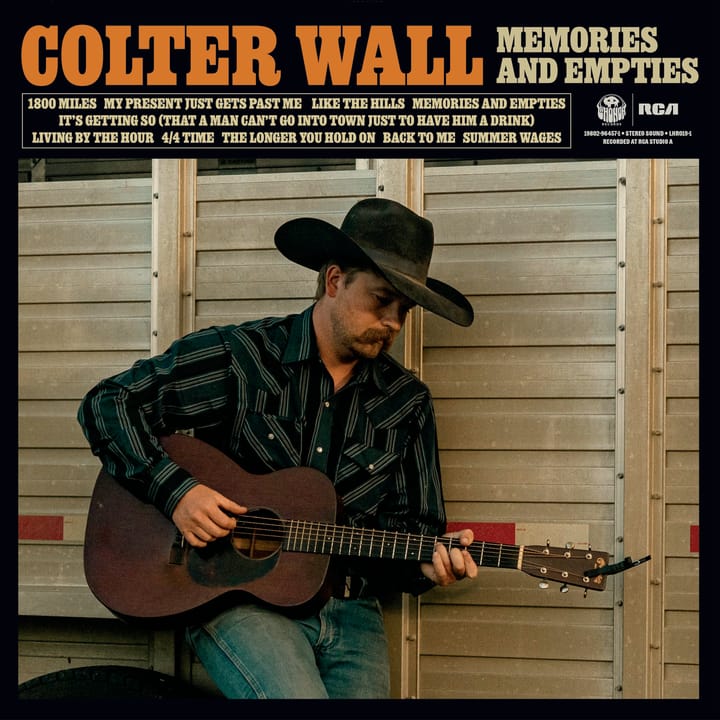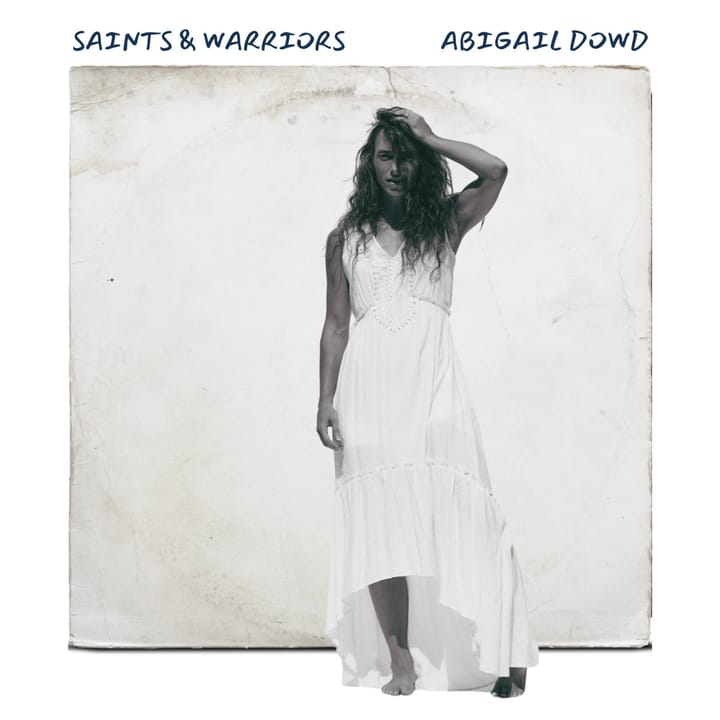Like the title says, here's everything Ray Charles recorded for Atlantic -- six CDs containing 119 tracks (including one LP he produced for his tenor star David "Fathead" Newman and two collaborations with Modern Jazz Quartet vibraphonist Milt Jackson), one disc of previously unreleased material (mostly a 1953 rehearsal session with Ahmet Ertegun), and a DVD containing Ray's 1960 Newport Jazz Festival set and an interview with Ertegun.
It's one of the most incomparable bodies of work in American music, and very little music has been written about more extensively. There's not much to say that hasn't already been said, and some of these points come out of David Ritz's knowing liner notes, but here goes...
You can hear soul music being invented here, and this is the sound that made Ray Charles a household name among African-Americans following three minor R&B hits on the Swing Time label. Though the 1959 "What'd I Say (Part I)" reached #6 on the pop charts -- beginning in 1957, Charles had six other Atlantic crossovers, four at #78 or lower, the others at #34 and #40 -- he didn't become a household name among whites until soon after he left the label.
Ray was just 24 when he had his first Atlantic R&B hit ("It Should've Been Me", #5 in 1954); Chuck Berry and Fats Domino were four and two years older, respectively, Sam Cooke and Little Richard one and two years younger. But his music had little impact on the (white) rock 'n' roll audience, though it rocks as hard as anything of its era. In both sound and especially lyrics, his music was simply not "young," not ever; given the way he had to grow up, Ray Charles was an old soul from the jump.
I first heard Ornette Coleman and Ascension-era Coltrane in the mid-'60s, when I had virtually no other knowledge of jazz. Though even I could see that this was radical stuff, I had no idea why it was stirring up that much controversy; it sounded so natural and musical to me that I could only ask, what's the big deal? (Hey, I was young.) Only after I took in the jazz that preceded it did I realize how radical it really was, and why it made old-liners so angry. In a short while -- if it isn't already time -- young fans are going to have to listen to the music that Ray's Atlantic stuff blew away before they understand how radical this stuff was. But unlike free jazz, this music has since been absorbed into the mainstream in so many ways large and small that you almost take it for granted; it's part of the collective unconscious.
The relationship between gospel and blues among African-Americans had always been a fractured one, and not nearly as clearly demarcated in practice as in theory. Black artists from Son House to Little Richard had gone back and forth between gospel and blues, but always kept the two apart. So long as they did that, they were safe, even if they met with disapproval. (For all the uproar around Sam Cooke going secular, even he was welcome back at the gospel programs, provided he sang gospel music there.)
What Ray did with the 1955 "I've Got A Woman", his first R&B #1, was wed the sacred to the secular, the spiritual to the profane, which was a whole 'nother matter. That was bad enough, but he probably would have incurred much less wrath if the results weren't so unabashedly -- exuberantly, even -- erotic that he seemed like a purely sexual being.
(Whites may not have engaged in the gospel-vs.-blues argument, but they wouldn't touch this stuff; though we tend to think of this watershed record like it's been an across-the-board favorite all along, it didn't brush even the lowest rungs of the Hot 100.)
It's easy to forget that Ray was a great jazzman, at a time when it was important for musicians to know jazz regardless of what music paid their bills. His band, particularly in its horn voicings, often functioned like a jazz band even when playing other music; it may have been the last R&B band whose featured soloist, Fathead Newman, got his own solo album, a practice common in jazz. Truth is, Ray swung as hard as he rocked.
But listen to his work with Milt Jackson -- Ray's sense of swing is far more joyful, and wicked, than that of the vibist known for the bluesiness he brought to the distinctly unbluesy MJQ. As Jerry Wexler points out to Ritz, nearly that whole soul-jazz boom of the early '60s was made up of respected jazzmen trying to keep up with Brother Ray.
The most liberating scream in the history of recorded music comes on Ray's live-in-Atlanta version of "Tell The Truth". It's better than that of the Rev. Claude Jeter on the Swan Silvertones' "Mary Don't You Weep", or any number of other gospel contenders. It is a purely wild and primal and uninhibited moment, but it's so damn musical -- he actually stays in tune!
Even the most delightful screams of James Brown, to name the other compleat master of this form of communication, sometimes go beyond eroticism into pure narcissism. Ray's remain erotic because they're so focused. Brown's greatest screams might say, "Look at me!" Ray's always say, "Look at you!" What a heart.
Don't forget "Losing Hand", "Blackjack", "Drown in My Own Tears" (his first hit to use a backing vocal group, which then became an indispensable element of the soul sound), "Lonely Avenue", "What Kind Of Man Are You", "Don't You Know", "Am I Blue", "Come Rain Or Come Shine", "Leave My Woman Alone", "Night Time Is (The Right Time)", "I Believe To My Soul", "The Man I Love", or whatever others are your own personal favorites. They're all here.




Comments ()